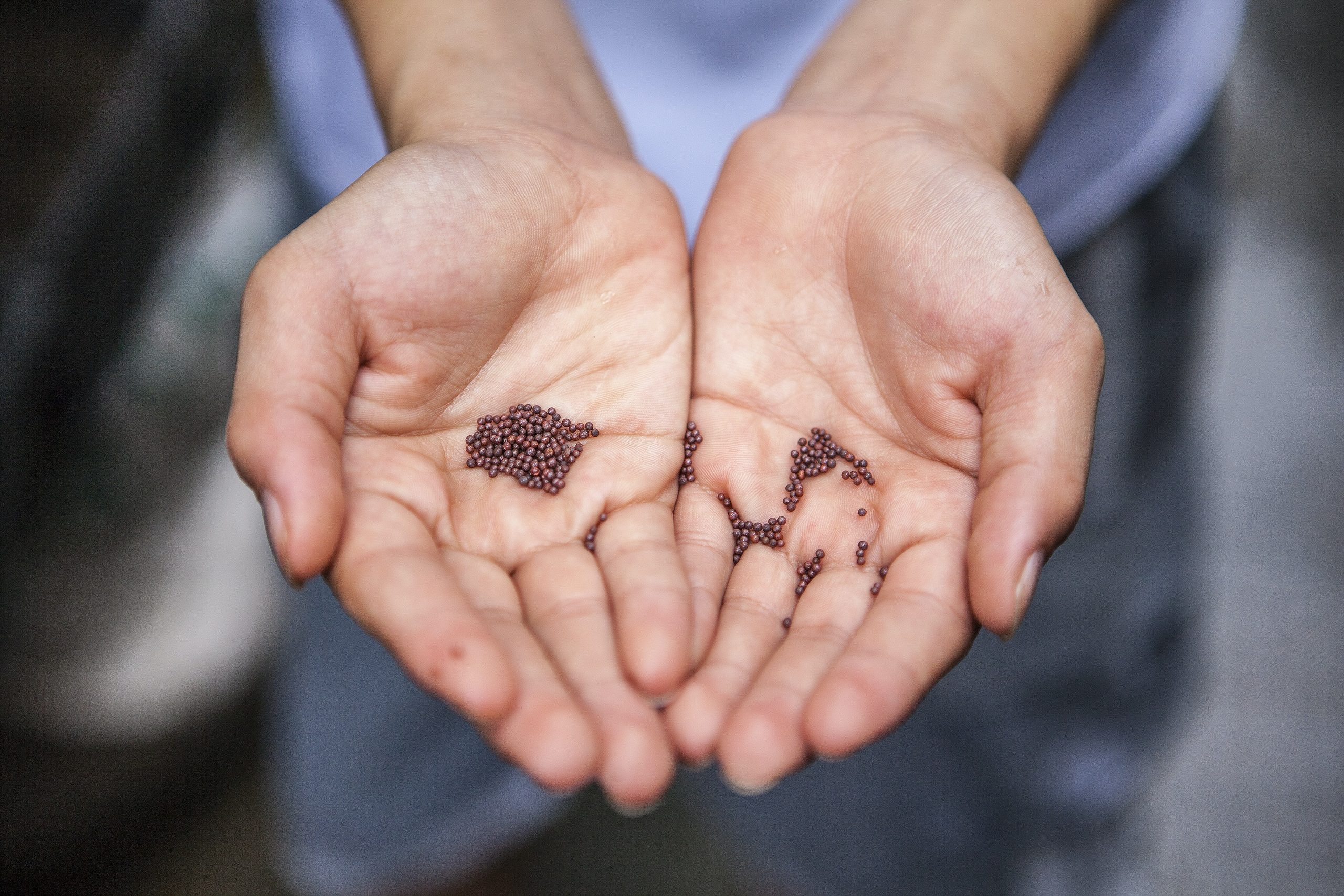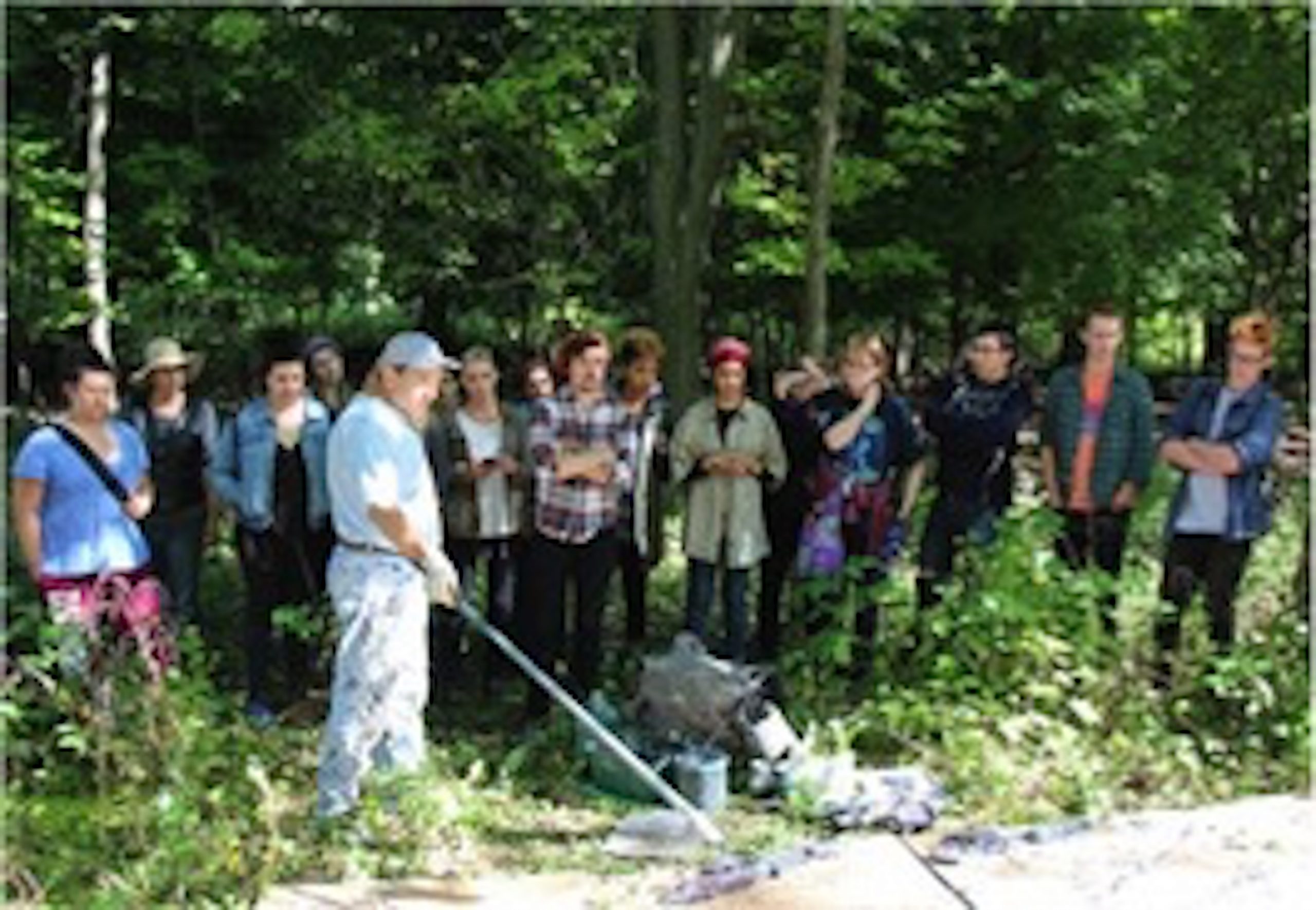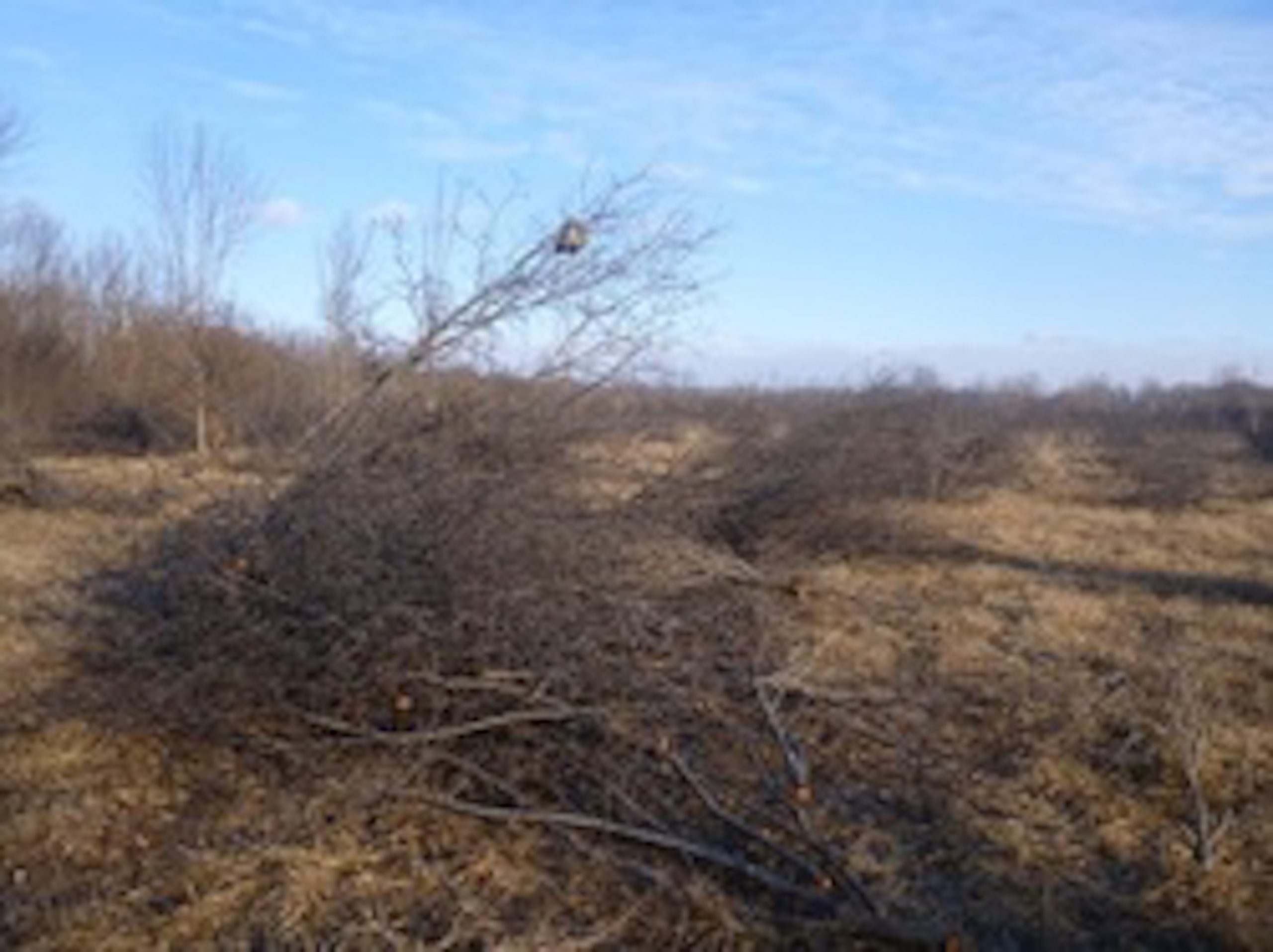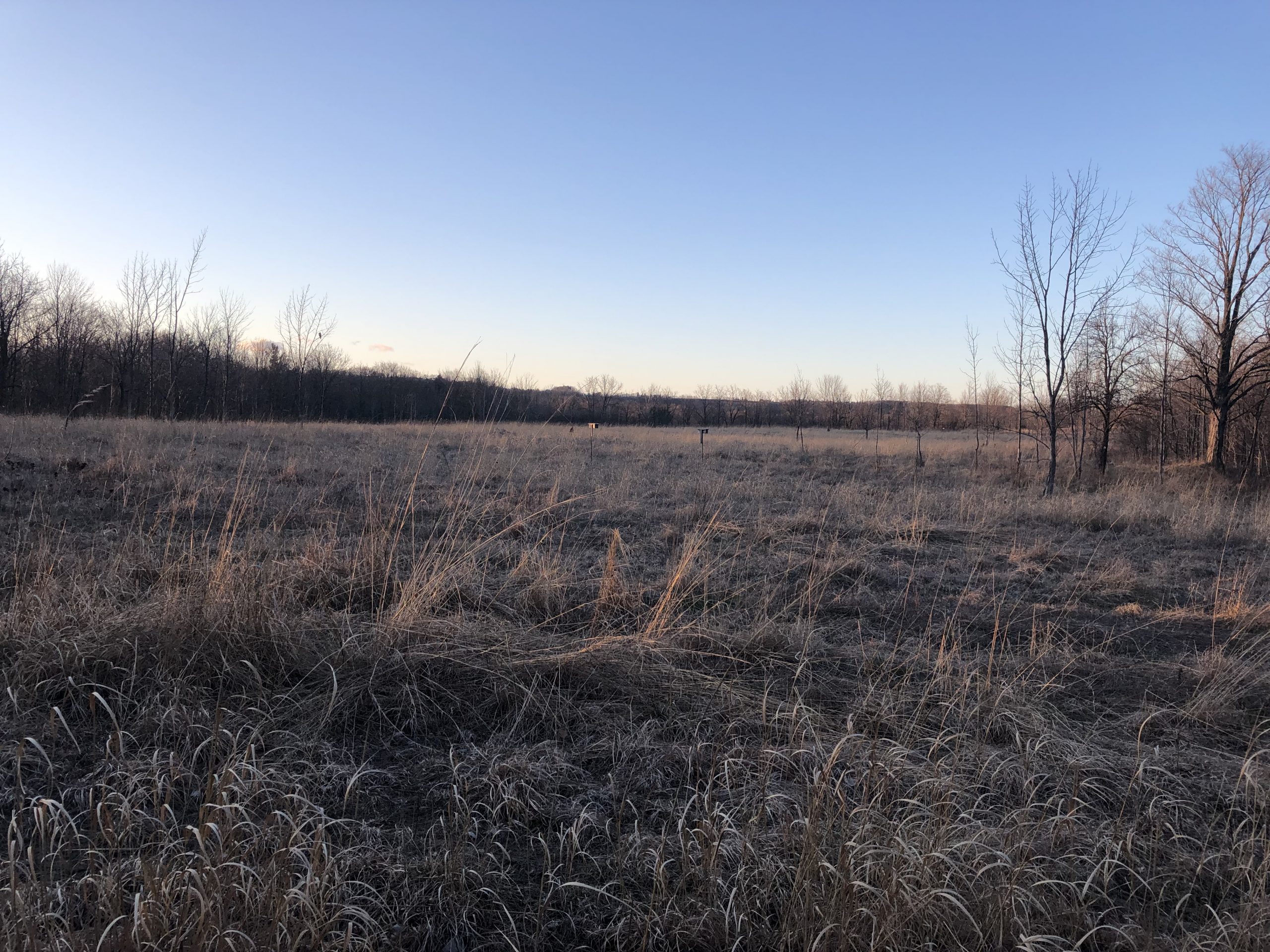Ongoing

Goats at McMaster Forest Learn More
Several times a year, cashmere goats pay a visit to McMaster Forest to do a little gardening! The hungry goats snack on invasive species such as European Buckthorn, Birdsfoot Trefoil, Cow Vetch, and Briar Rose.

Guided Hike Series
The Hamilton Naturalists’ Club and Nature at McMaster regularly host guided interpretive hikes through McMaster Forest. The hikes vary in theme and often include experts on the flora and fauna of the property.

Seed Collection Workshops
The Hamilton Naturalists’ Club in partnership with the Ontario Plant Restoration Alliance host Prairie Seed Collection Workshops at McMaster Forest. The workshops are led by experts who ensure that the seeds are collected in an ecological and sustainable manner. The native prairie seeds are used for future restoration projects.

Stewardship Days
Stewardship days are frequently organized to help maintain the beauty of McMaster Forest. Dedicated teams of volunteers have worked on projects such as invasive species clearings, planting of native species, garbage cleanups, and trail maintenance.
Undergraduate & Graduate Courses Learn More
A variety of undergraduate and graduate courses use McMaster Forest for teaching and research. These courses are offered through the Faculty of Humanities, Faculty of Science, and Faculty of Engineering.
Completed

En Plein Air
In the fall of 2013, visiting artist Jim Reid led a group of artists onto the property for drawing and painting sessions. The fruits of their work were displayed by the McMaster Museum of Art in Togo Salmon Hall at the end of September.

Buckthorn Removal
Rhamnus Cathartica, or Common Buckthorn, is an invasive species of tree that had taken over the front of the property. About a square kilometre of former farmland and grassland has been transformed into a monoculture of buckthorn. Buckthorn is allelopathic, meaning its roots exude chemicals which harm other plants. This makes it a formidable competitor. A team of biologists, students, and volunteers worked to remove the buckthorn and re-introduce native grasses, to create the beautiful tallgrass prairie habitat that we see today.

Tallgrass Prairie Creation
Following the removal of the Common Buckthorn from the front of the property, the team of biologists, students, and volunteers seeded the area with native tallgrass prairie seeds. The habitat creation was very successful and today the front of the property is home to one of the few remaining tallgrass prairie habitats in Ontario! You can find beautiful native prairie plants such as Black-eyed Susan (Rudbeckia hirta), Wild Bergamot (Monarda fistulosa), Big Blue Stem (Andropogon gerardii), Switchgrass (Panicum virgatum), Indiangrass (Sorghastrum nutans), and many more!
Prescribed burns take place in the prairie on a three year cycle to help keep invasive species in check and provide much needed nutrients to the prairie vegetation. Click here to learn more.
